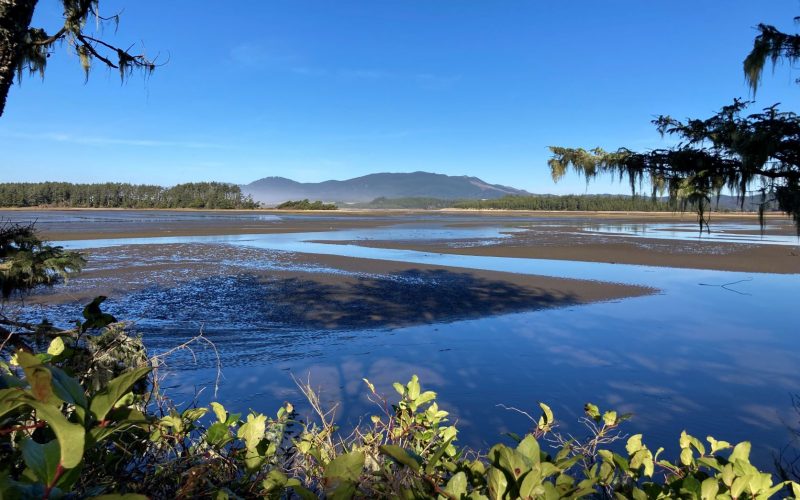WETLAND ECOSYSTEMS OFFER RECREATION AND WILDLIFE VIEWING WHILE PROVIDING IMPORTANT ECOSYSTEM SERVICES.
STORY BY LAUREN ZATKOS
People come from all over the country to visit Oregon’s beautiful coastline, with its gorgeous sea cliffs, picturesque island rocks, and famous fishing. But there are other aquatic habitats, just inland of the beach, that are equally beautiful.
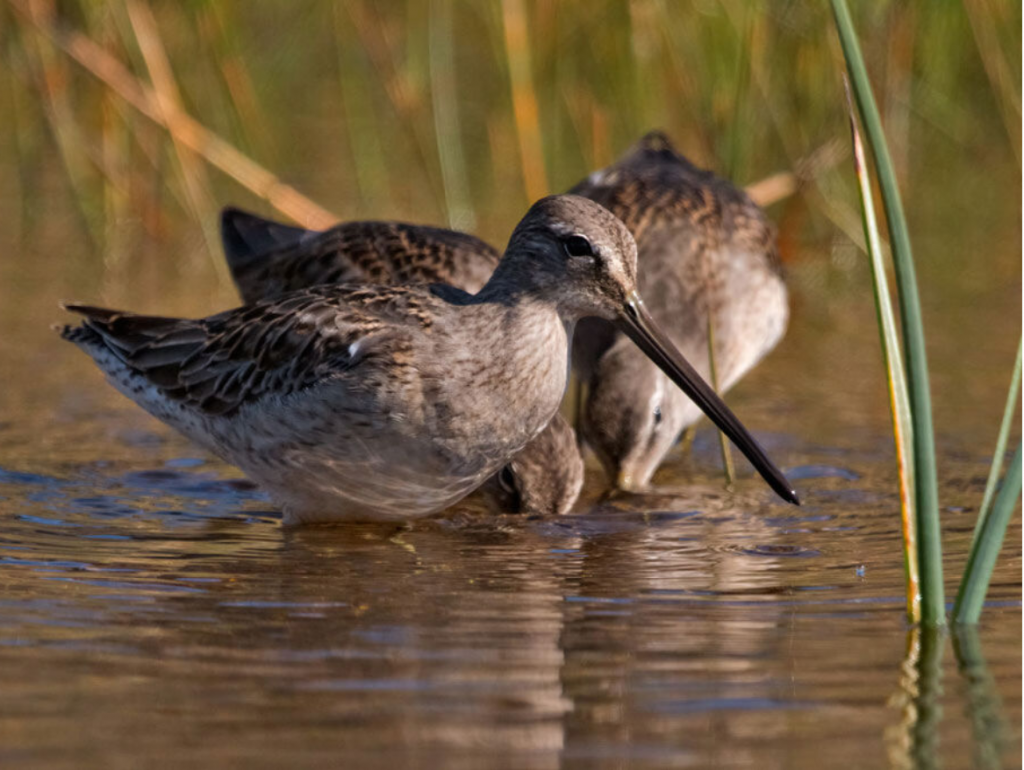
Coastal wetlands are unique ecosystems that provide habitat for birds, fish, and other wildlife. They also protect the coastline from erosion and filter water before it flows out into estuaries and shallow reef areas where young fish thrive. Being home to so many critters throughout the year, these wetlands offer excellent opportunities for wildlife viewing, photography, and education. And there’s no better time than the present to go out and appreciate your local wetlands, just in time for World Water Day (March 22), and International Beaver Day (April 7).
In the valleys between Oregon’s dramatic sea cliffs, rivers and streams flow downhill to meet the ocean. In these low-lying areas where the freshwater slows and fans out, unique vegetation grows and important ecosystem services are carried out. Laura Brophy, director of the Estuary Technical Group at the Institute for Applied Ecology, has spent most of her professional life studying and working in these wetlands.
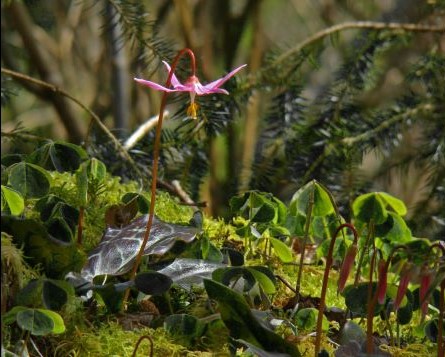
“Coastal wetlands are superstars among habitats on the edge of the continent,” Brophy explains. “Per acre, tidal wetlands in our coastal estuaries store more carbon than almost any other type of ecosystem, helping to slow global warming.”
In addition to carbon sequestration, slowing of flood waters, and protecting the shore against erosion, coastal wetlands also provide nesting and overwintering spots for dozens of bird species. Beaver can often be spotted, creating dams that back up and slow down the water, adding complexity to the wetland habitat. Deer, elk, and bear are also fond of these marshy areas where they can find clean water and shelter along the forested edges. When ocean tides rise, saltwater pushes into these coastal wetlands and mixes with the freshwater, creating what is called “brackish” water that gives young anadromous salmon a chance to adapt to salt water before swimming out to sea. This brackish water also allows unique plants that don’t grow anywhere else to thrive in coastal wetlands.
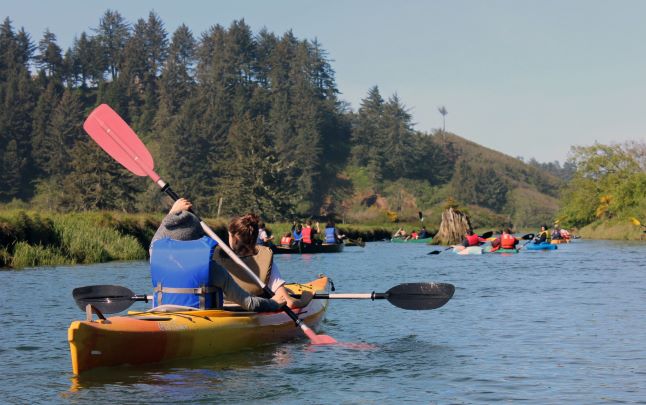
“And beyond all those services, people love coastal wetlands because they are great places to kayak, birdwatch, relax, and enjoy the beauty of nature,” Brophy points out.
When asked how families can enjoy and learn about these habitats, she says, “Kids are naturally interested in wetlands (yay for mud!), so it’s an easy connection to make. It’s best to get outside and see estuaries up close, so I recommend hiking some easy trails.” For kid-friendly hiking in Oregon’s mid-coast region, she recommends Alder Island Nature Trail at Siletz Bay National Wildlife Refuge, Kilchis Point Loop trail in Tillamook, and the Sitka Sedge natural area in Cloverdale (see links to websites with trail maps below).
“I’ve worked in nearly all the estuaries of the Oregon coast, and I have favorite spots in each of them,” Brophy says. “Having said that, my colleagues know I’m partial to Sitka spruce tidal swamps—mysterious, tangled wetland forests that are very hard to walk in!” To view these unique wetlands, she suggests stopping just off the east side of Highway 101 in Tillamook at the Hoquarton Interpretive Trail. Here, you’ll find a 2-mile loop trail and boardwalks featuring interpretive signs that point out the ecological and historical significance of Hoquarton Slough, a part of the Tillamook Bay estuary that showcases impressive remnants of Oregon’s once-prevalent Sitka spruce tidal swamps.
In addition to the wetlands that Ms. Brophy recommends, anyone looking to stretch their legs and appreciate these beautiful coastal ecosystems has numerous options to choose from. Many of the largest wetland areas along Oregon’s coast have seasonal trails and boardwalks built to provide recreation and viewing opportunities. If you’re looking to visit and learn about these ecosystems, here are three great options:
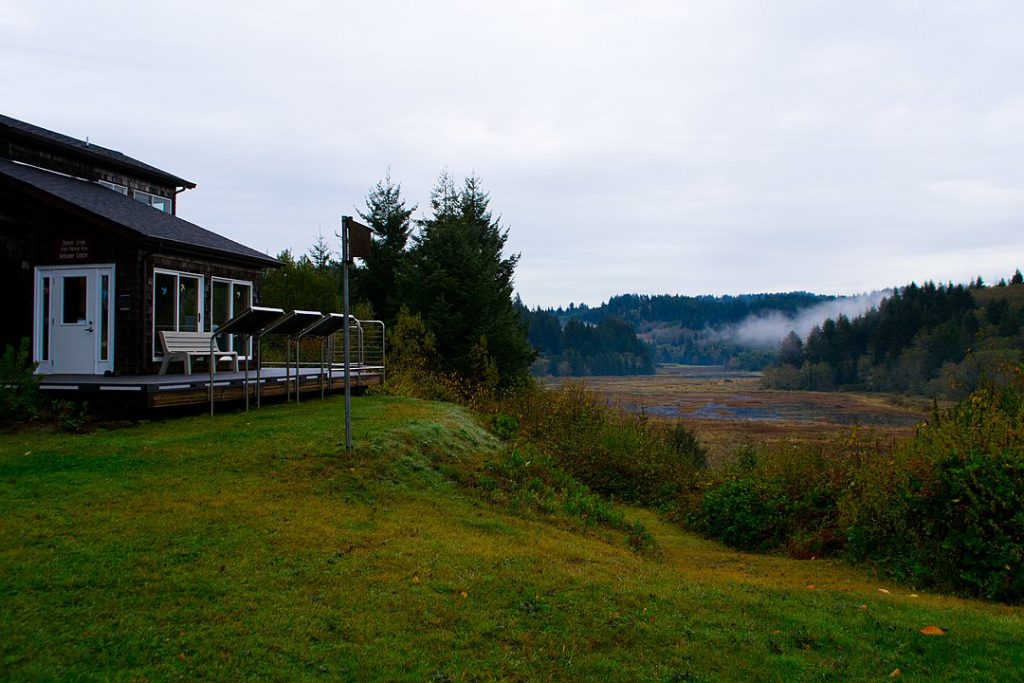
- Beaver Creek Natural Area (1 mile inland of Ona Beach)
The Beaver Creek Natural Area (also called Brian Booth State Park) hosts miles of trails that traverse meadows, the extensive wetland area, and a forested ridgeline above the Beaver Creek wetland complex, providing great viewpoints. The north entrance trail is seasonal and often underwater during the winter months, but the southern entrance trail off South Beaver Creek Road is typically accessible year-round.
This area is home to (unsurprisingly) beavers, young coho salmon, Cutthroat trout, a variety of waterfowl, and elk. In the winter, thousands of birds can be seen resting in the wetland waters during their migratory travels. The wetland and creek can also be accessed by canoe or paddleboard from the boat launch on North Beaver Creek Road. Park rangers offer guided kayak tours during the summer and can provide gear if you pre-register.
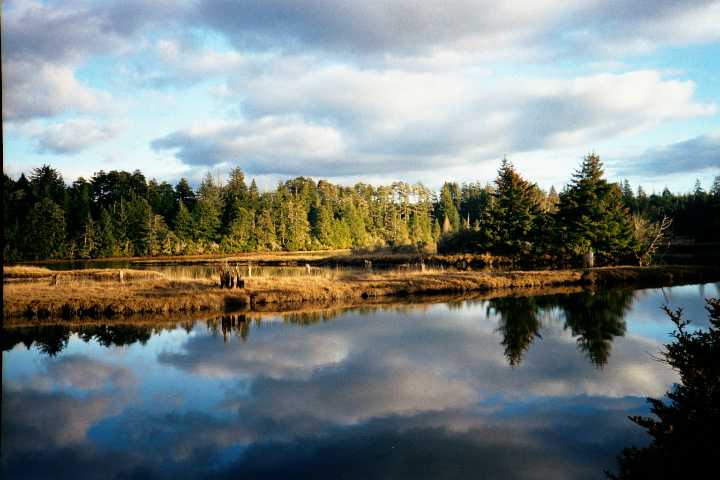
2. South Slough National Estuarine Reserve (Charleston)
The South Slough National Estuarine Reserve includes thousands of acres of the Coos Bay estuary, including forest uplands, beaches important for shorebird nesting, and wetlands crucial for fish-rearing. Numerous one-way and looping trails lead visitors out to the marsh and estuary areas, and the South Slough Interpretive Center is open year-round, Tuesdays through Saturdays.
The intricate salt marches and mudflats are home to unique plant species, shellfish, and juvenile fish, which attract birds like pelicans, herons, and loons. Free group floats, organized by reserve employees, take paddlers out into the South Slough (registration required).
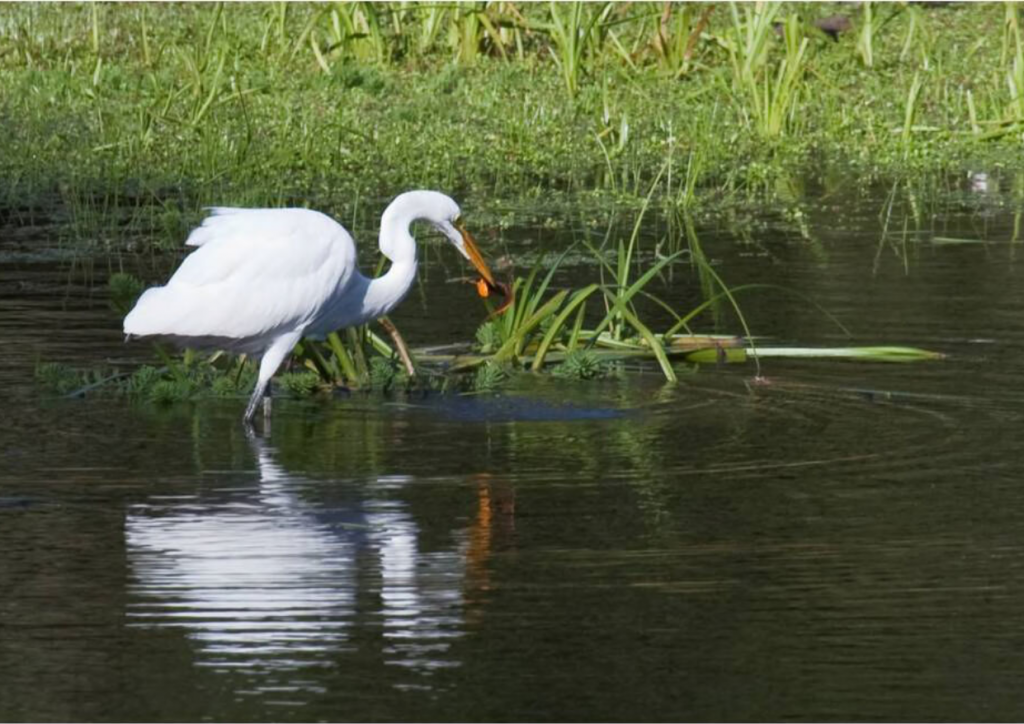
3.Nestucca Bay National Wildlife Refuge (Cloverdale)
The Nestucca Bay National Wildlife Refuge, located between Nestucca Bay and the sea, is unique in its incorporation of forests, salt marshes, and farmland. Farmland is not uncommon in Oregon, however, the proximity of these cleared fields to the coastal wetlands of Nestucca Bay creates special habitats for a variety of overwintering and year-round resident birds. Dozens of waterfowl species and birds of prey (including bald eagles, Northern Harriers, and sharp-shinned hawks) can be seen here throughout the year, as well as elk, deer, and otter.
Hiking options include a paved walkway with an observation deck and a 2-mile looping trail. Multiple wildlife and bird guides are available for downloading on the refuge website. Fishing opportunities are also available within certain areas of the refuge.
FOR MORE INFORMATION
To learn about other wetland areas mentioned in this article, please click on the hyperlinks:
Siletz Bay National Wildlife Refuge
Sitka Sedge State Natural Area
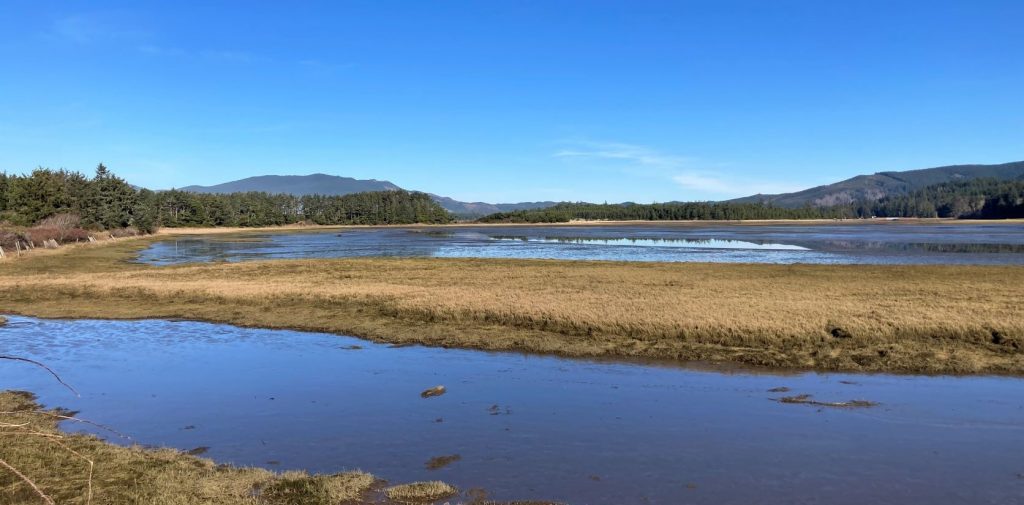
Online exclusive story for Oregon Coast magazine, posted January 29, 2022. Cover photo taken at Sitka Sedge Natural Area/photo by Lauren Zatkos.

